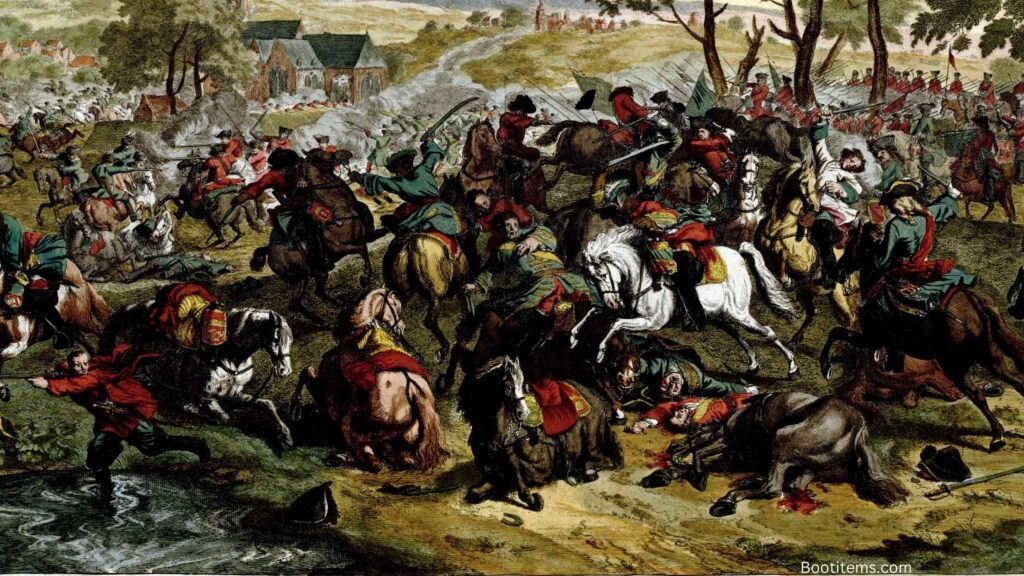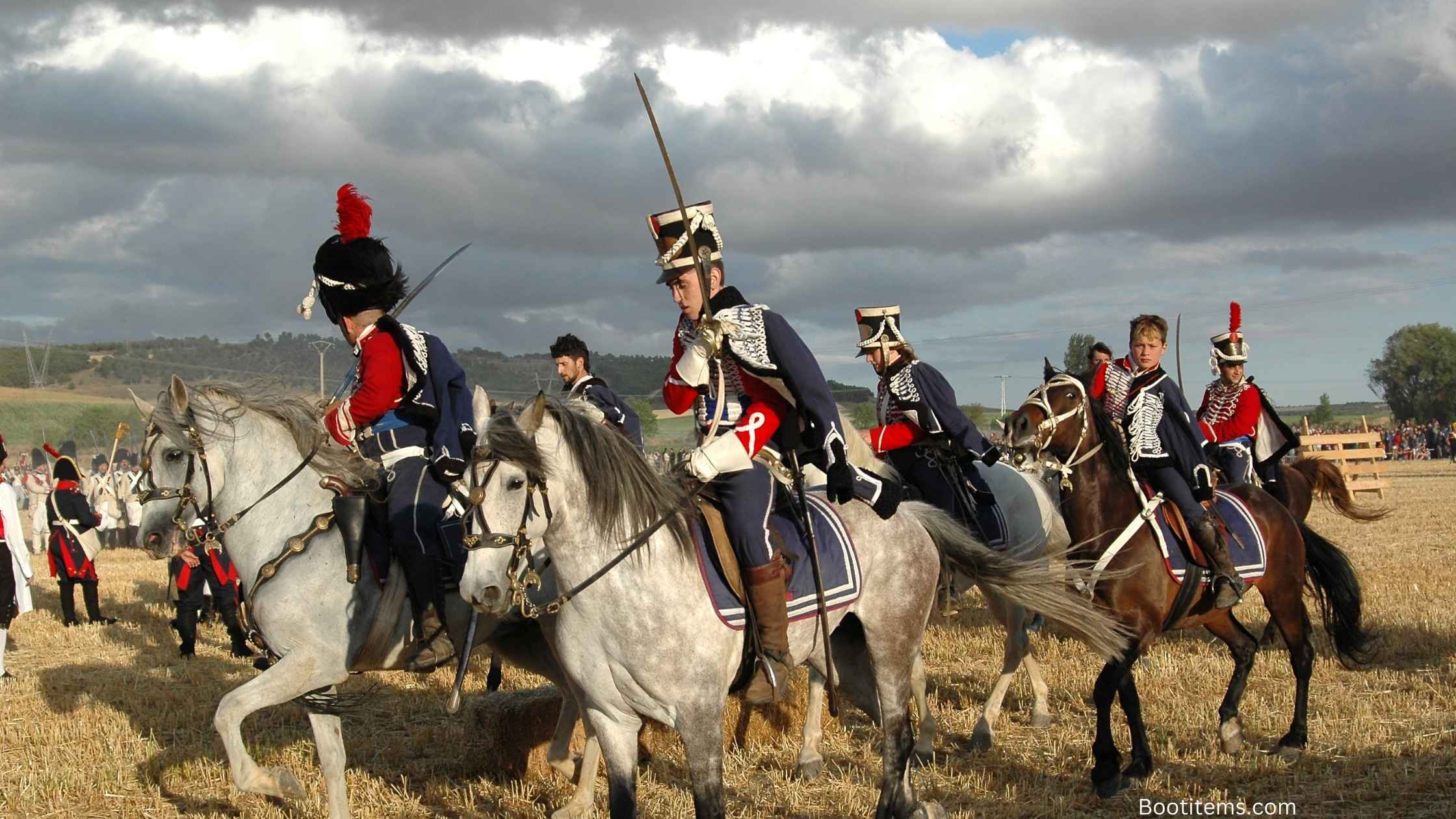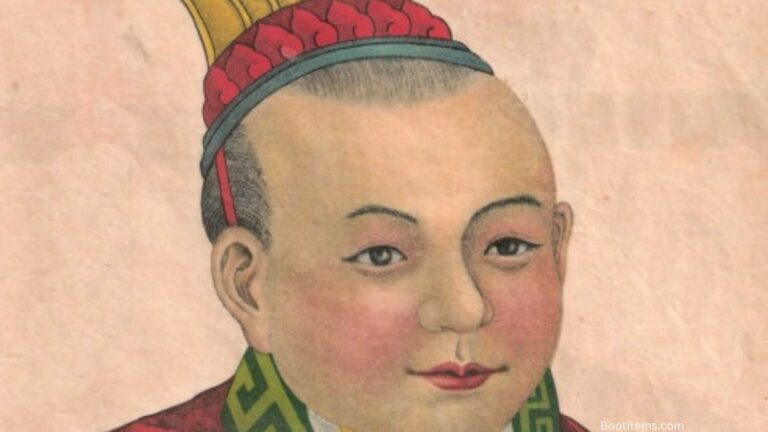The Battle of Bapheus: How 1300 Horsemen Won an Empire?
The Battle of Bapheus was a pivotal moment in medieval history that took place on July 27, 1302. On that summer day, a smaller Ottoman Turkish force achieved an unexpected victory against the Byzantine Empire near Nicomedia (modern-day İzmit, Turkey).
This battle marked the first major Ottoman victory against the Byzantine Empire and set in motion the gradual Ottoman conquest of Byzantine territories in Asia Minor.
What made this battle particularly remarkable was how it demonstrated that a smaller, more agile force could defeat a larger, better-equipped army through superior tactics and strategy.
A Tale of Two Powers
By the year 1300, the Byzantine Empire was experiencing significant challenges. Once the mightiest empire in the Mediterranean, it now faced threats from all directions. Its legendary walls still stood strong, but its political and military power had begun to wane. The empire’s armies had shrunk, its treasury was depleting, and its vast territories were becoming increasingly difficult to defend.
Meanwhile, a new power was emerging in the region. The Ottoman Turks, led by their ambitious leader Osman I, were transforming from a small tribal group into an organized military force. Though they started as a frontier principality, their innovative military tactics and strategic vision would soon reshape the political landscape of Asia Minor.
Setting the Stage
The countryside around Nicomedia buzzed with tension in the summer of 1302. Local Byzantine farmers had been complaining about Ottoman raiders disrupting their harvests and threatening their livelihoods. The Byzantine emperor sent one of his trusted commanders, George Mouzalon, to handle the situation. Mouzalon led approximately 2,000 well-equipped professional soldiers, confident that this force would be more than enough to deal with what they considered mere tribal raiders.
On the opposing side, Osman I commanded a smaller force of about 1,300 men. However, what his army lacked in numbers, it made up for in mobility and tactical flexibility. His troops were primarily mounted archers, masters of the horse and bow, capable of swift movement and deadly accuracy.
The Day of Battle
Dawn broke over the battlefield near the Bapheus River, casting long shadows across the rolling plains. The landscape itself would play a crucial role in the coming conflict – its flat terrain and scattered hills provided perfect conditions for the Ottoman cavalry’s mobile warfare tactics.
The Byzantine army formed their traditional battle lines, their armor glinting in the morning sun. Their strategy was straightforward: form a strong defensive position and use their superior equipment and training to crush the Ottoman forces in direct combat. This approach had served the empire well for centuries, but they were about to face a very different kind of enemy.
A New Style of Warfare
Osman I unveiled a battle strategy that would become a hallmark of Ottoman warfare for centuries to come. Instead of meeting the Byzantine force head-on, his mounted archers engaged in what modern military historians call “hit-and-run” tactics. They would approach the Byzantine lines at high speed, release volleys of arrows, and quickly retreat before the heavily armored Byzantine soldiers could respond.
This pattern repeated throughout the morning, gradually wearing down the Byzantine forces. Each time the Byzantine soldiers tried to mount a counterattack, they found themselves swinging at empty air as the Ottoman cavalry melted away, only to reappear from another direction moments later.

The Turning Point
As the day progressed, the Byzantine army began to show signs of fatigue. Their heavy armor, so effective in direct combat, became a burden under the hot summer sun. Soldiers struggled to maintain formation as they repeatedly attempted to chase down the elusive Ottoman horsemen.
Osman I, watching carefully for signs of weakness, saw his opportunity. When the Byzantine lines had become sufficiently disorganized and exhausted, he ordered his main force to launch a coordinated attack from multiple directions. The tired Byzantine soldiers, their formations already compromised, couldn’t effectively respond to this sudden, concentrated assault.
Victory and Its Aftermath
The Battle of Bapheus ended in a decisive Ottoman victory. Many Byzantine soldiers retreated to nearby fortified cities, while others scattered across the countryside. This victory had immediate and far-reaching consequences for both sides.
For the Byzantines, the defeat meant more than just the loss of a single battle. They lost control of the rural areas around Nicomedia, forcing many farmers to abandon their lands and seek safety behind city walls. This began a pattern of rural depopulation that would significantly weaken the Byzantine economy in the region.
For the Ottomans, the victory brought both practical and psychological benefits. They gained control of valuable territory and resources, but perhaps more importantly, they proved that they could defeat the professional armies of the Byzantine Empire. This victory attracted more warriors to their cause and helped establish the Ottomans as a major power in the region.
A Legacy That Shaped History
The Battle of Bapheus may not be as well-known as some other medieval battles, but its impact on history was profound. It marked the beginning of a new era in which the Ottoman Empire would gradually expand its territory at the expense of the Byzantines. The battle demonstrated the effectiveness of mobile warfare against traditional heavy infantry, a lesson that would influence military tactics for centuries to come.
The site of the battle, near modern-day İzmit in Turkey, still bears silent witness to this pivotal moment in history. While the sounds of clashing armies have long since faded, the legacy of Bapheus continues to influence our understanding of how small actions can lead to dramatic historical changes.
Modern Relevance
The lessons from the Battle of Bapheus remain relevant today. It shows us that innovation and adaptability often trump traditional advantages in both military and civilian contexts. The battle demonstrates how smaller, more agile organizations can sometimes overcome larger, more established ones by using creative strategies and exploiting their opponents’ weaknesses.
Most Asked Questions About the Battle of Bapheus
When and where did the Battle of Bapheus take place? The battle occurred on July 27, 1302, near Nicomedia (modern-day İzmit, Turkey), close to the Bapheus River.
Who were the main commanders in the battle? Osman I led the Ottoman forces, while George Mouzalon commanded the Byzantine army.
Why was this battle historically significant? It marked the first major Ottoman victory against the Byzantine Empire and began the Ottoman expansion into Byzantine territories.
What tactics proved decisive in the battle? The Ottoman’s mobile cavalry tactics and hit-and-run strategy proved superior to the Byzantine’s traditional heavy infantry approach.
How many soldiers fought in the battle? The Ottoman force numbered about 1,300 mounted warriors, while the Byzantine army had approximately 2,000 soldiers.
What were the immediate consequences of the battle? The Ottomans gained control of the countryside around Nicomedia, while the Byzantines lost control of rural areas and resources.
Did this battle directly lead to the fall of Constantinople? While it didn’t directly cause Constantinople’s fall, it began the gradual process of Ottoman expansion that would eventually lead to that outcome.
What weapons were primarily used in the battle? The Ottomans relied mainly on mounted archers with bows, while the Byzantines used traditional heavy infantry weapons and armor.
How long did the battle last? The battle lasted for most of a day, with the decisive phase coming in the afternoon when the Byzantine forces were exhausted.
What role did the terrain play in the battle? The flat terrain near the Bapheus River proved ideal for Ottoman cavalry tactics, contributing significantly to their victory.

Samantha Yates is a creative writer and journalist with expertise in content creation and editing. She holds an MA in Creative Writing and brings professional experience from Lionbridge, where she developed engaging content for leading technology companies







